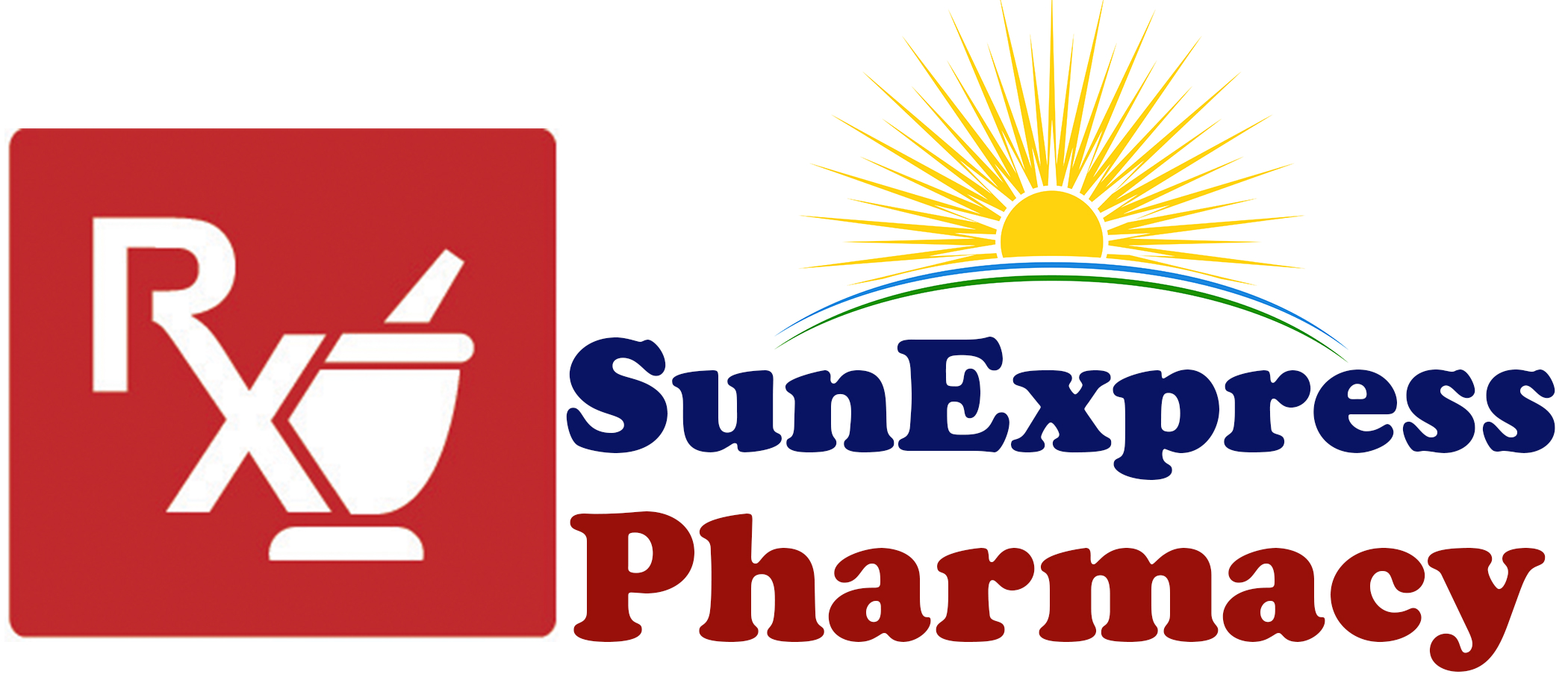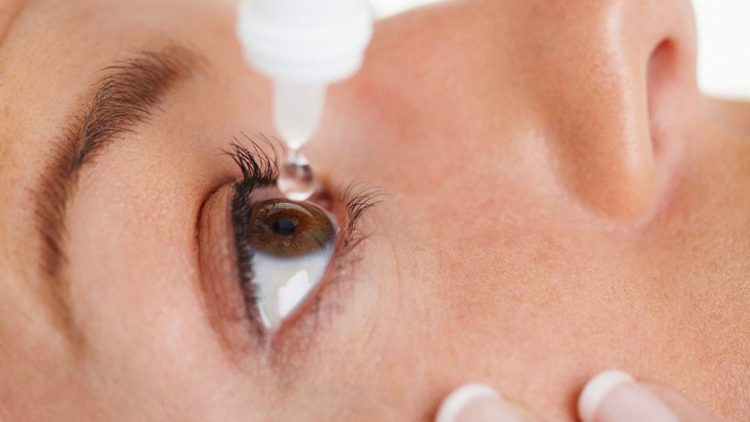Brand vs. generic ophthalmic medications
March 11, 2024 2024-03-11 11:55Brand vs. generic ophthalmic medications
Brand vs. generic ophthalmic medications
Generic medications made up 71% of all prescriptions in the U.S. in 2010, and 80% of patients think that generic drugs are a better value than branded ones. Only 10% of patients think that generic drugs cause more side effects. Yet if you ask physicians, 50% have a negative view of generics, and 27% would prefer not to use generic drugs for themselves or their family.
Numbers like these show the debate over using brand versus generic medications continues.
During the Cataract Dilemmas and Controversies symposium at the 2015 ASCRS•ASOA Symposium & Congress in San Diego, 2 ophthalmologists shared their analysis and professional experience regarding why they are now leaning toward a specific side of the issue.
The symposium was sponsored by the ASCRS Cataract Clinical Committee.
In Wisconsin, as well as in many other states, pharmacists are allowed to dispense the generic version of a drug unless a doctor specifies otherwise, said presenter John Vukich, MD. In 2011, the Davis Duehr Dean Department of Ophthalmology made the decision to switch to all generic drops after cataract surgery, after what Dr. Vukich described as a lot of consternation and literature searches. The main reason for the switch was cost. The increase in cost to the patient [with brand medications] was not a small factor. The number one reason we were contacted after hours was pharmacists asking if they could substitute a generic, he said.
At the same time, ophthalmologists within his multispecialty practice were prescribing more branded drugs than other departments and they were identified as an outlier in cost containment efforts, Dr. Vukich said. Ophthalmologists began writing generic prescriptions for prednisolone acetate (Pred Forte, Allergan, Dublin), ketorolac (Acular, Allergan), and ofloxacin (Ocuflox, Allergan). The practice then decided to review cases of post-surgical endophthalmitis before and after the generic switch. Although the surgeons at the practice were prescribing the same drugs, there were some differences in techniques, such as topical versus block, incision size and location, and type of intraocular lens used, Dr. Vukich said. However, the rate of endophthalmitis appeared to remain the same in the before versus after periods1 per 2,000 cases.
The practice then compared the cost of generics versus brand medications at area pharmacies for the drugs they prescribed. They found the additional cost for brand medications ranged from $277 to $319 more, as compared among 4 popular pharmacies. Thats not an insignificant cost, he said.
With 5,899 surgeries done in the research timeframe, they estimated a cumulative savings of $1,750,000 in pharmaceutical costs over 3 years, Dr. Vukich said.
One factor to keep in mind is that some pharmaceutical companies are increasing the price of generic drugs, which could pinch consumers pocketbooks yet again, Dr. Vukich said. However, this is an issue that Congress is reviewing. The practice where Dr. Vukich works plans to continue using generic drugs for now based on the results of their due diligence.
The case for branded meds:
John Wittpenn, MD, partner, Ophthalmic Consultants of Long Island, and associate clinical professor, State University of New York, Stony Brook, N.Y., made the case for brand medications during his presentation. There are very few head-to-head studies to compare brand versus generic medications, he said. However, tracking the efficacy of topical medications is more complex than systemic medications, and that can affect research done on branded versus generic topicals, he said.
One major concern is medication toxicity on the ocular surface, he said. Thats the primary refractive surface of the eye. Our job is to protect and maximize vision. The effects can be severe and, very rarely, be permanent, he said. Dr. Wittpenn cited some of Dr. Vukichs presentation that showed some previous problems with generic ophthalmic medications, including a clogged dropper tip with prednisolone, an increased incidence of adverse events with diclofenac, a less efficacious generic version of timolol, and a generic formulation of latanoprost that had a higher pH than the brand form. There can also be confusion among patients over what is generic versus branded, Dr. Wittpenn said. He had a 73-year-old female patient with severe punctate keratopathy and a corneal melt after cataract surgery who thought she had been on branded prednisolone acetate and ketorolac; she was actually on generics. The pharmacist had told her the drops were identical. Technically in New York, thats illegal to say, but it happens. Ultimately, her best vision was 20/40, he said. She also had a residual scar. The patient is still wary about getting surgery on her other eye due to her bad experience. She told me, Doctor, if someone had told me this would happen to me, I would have spent the extra money [for brand medications], Dr. Wittpenn recounted.
Although cost is a definite issue in the branded versus generic debate, Dr. Wittpenn thinks it is relative to the importance of ones vision. He surveyed area pharmacies and found a $550 difference between branded versus generic medications typically prescribed after cataract surgery. However, the cost difference does not include rebates, coupons, and other discounts that manufacturers may provide, he said.
Categories
Popular tags

